Diagnosing Dry Eye
Dry eye can come from a number of causes, both physical and environmental. One common cause is when tear glands slow down tear production – a normal occurrence that happens with age, especially in women going through menopause.
Tear quality may also be the cause of dry eyes. In a normal tear, there are three components – water, mucous, and oil. These three components work together to provide the proper amount of moisture, distribute moisture evenly across the cornea, and prevent evaporation that can cause eyes to become dry. If any of the three components is compromised, the eye may not get the nourishment and protection it needs. Most commonly, there is not enough oil in the tears, leading to the evaporation that causes dry eye.
Diminished tear production may be associated with certain medications, such as antihistamines, birth control pills, diuretics, cardiovascular medications, pain relievers, and anti-inflammatories, and certain medical conditions, such as diabetes, rheumatoid arthritis, or thyroid problems.
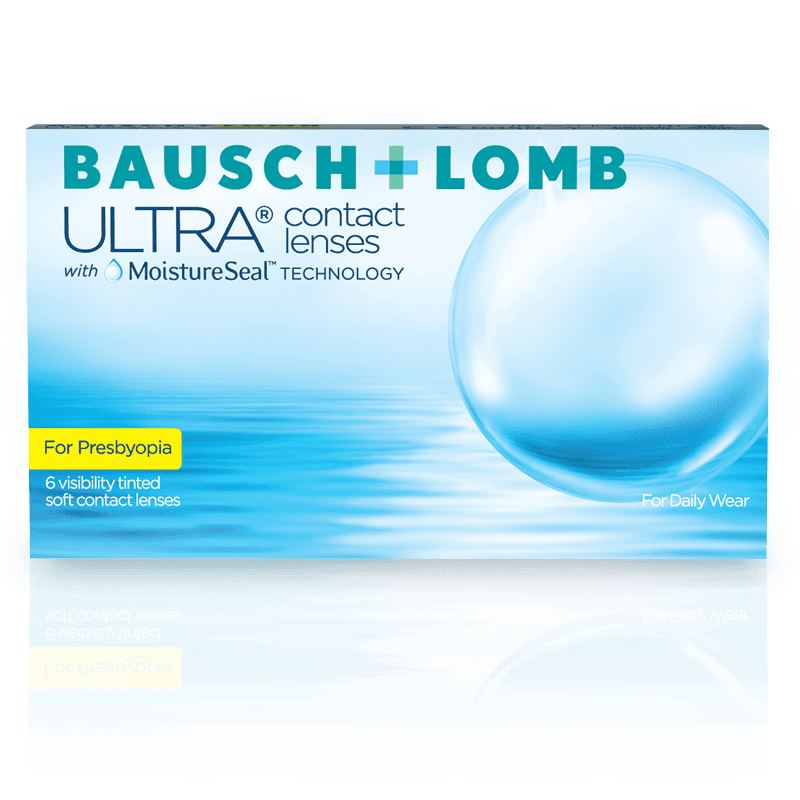
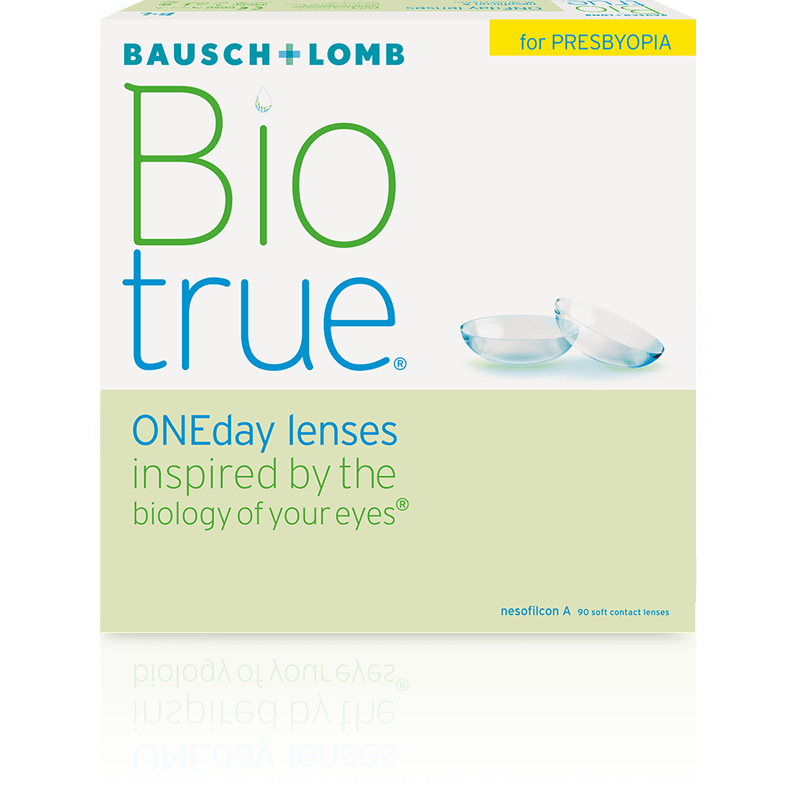
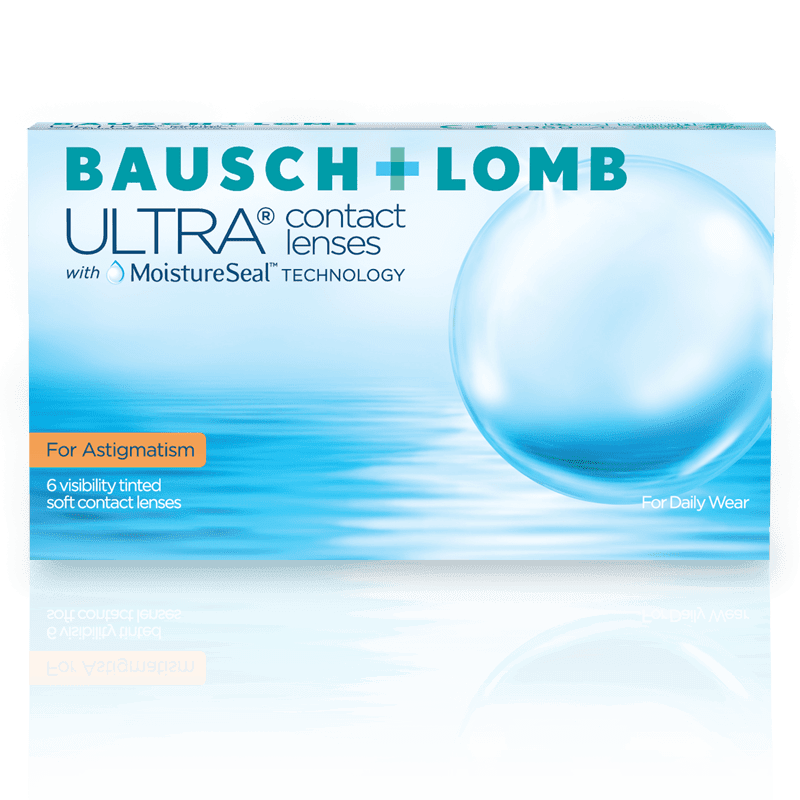
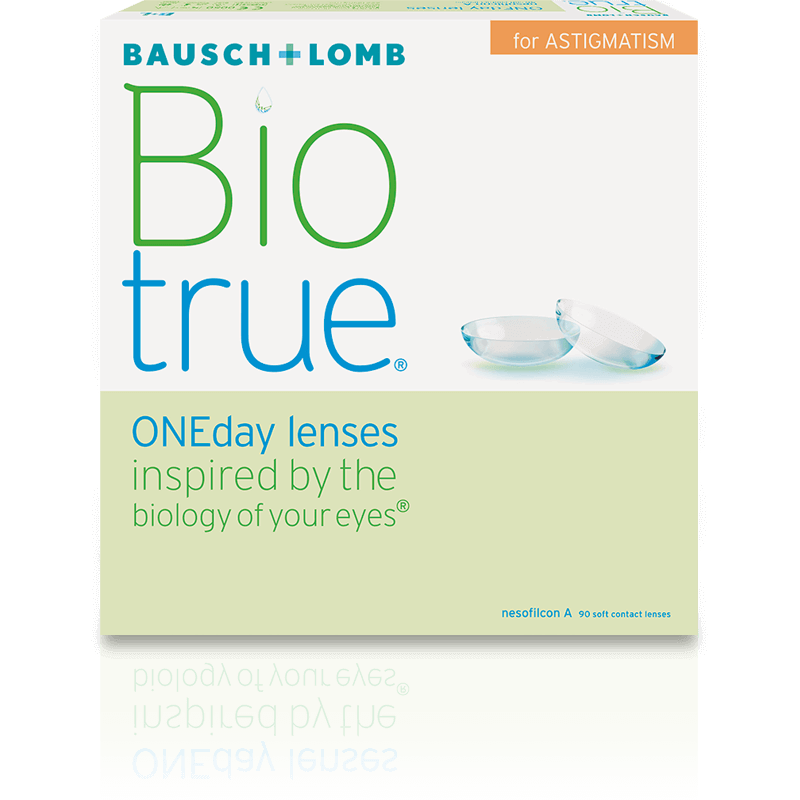
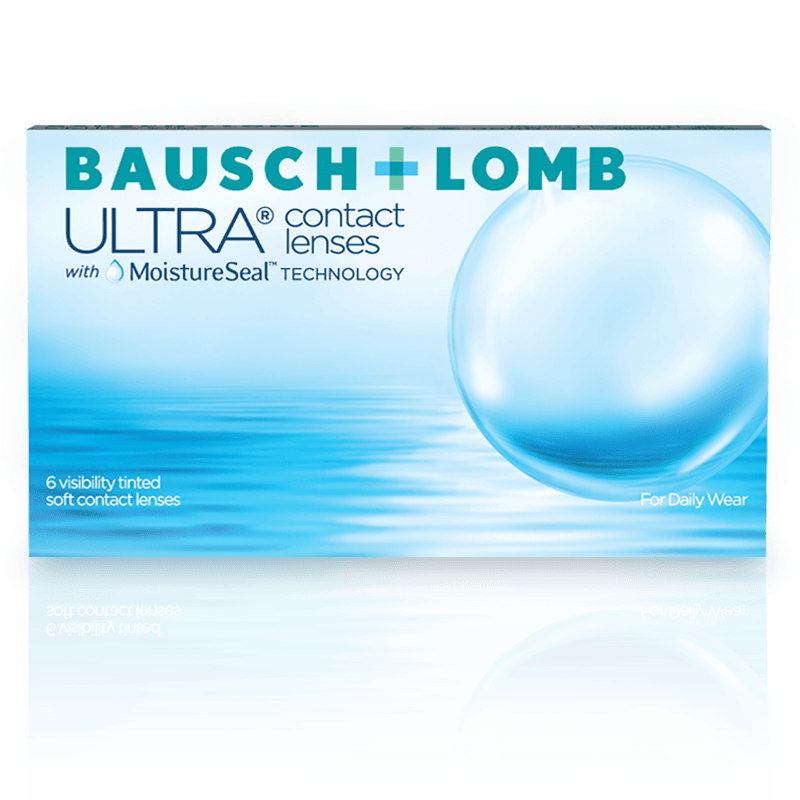
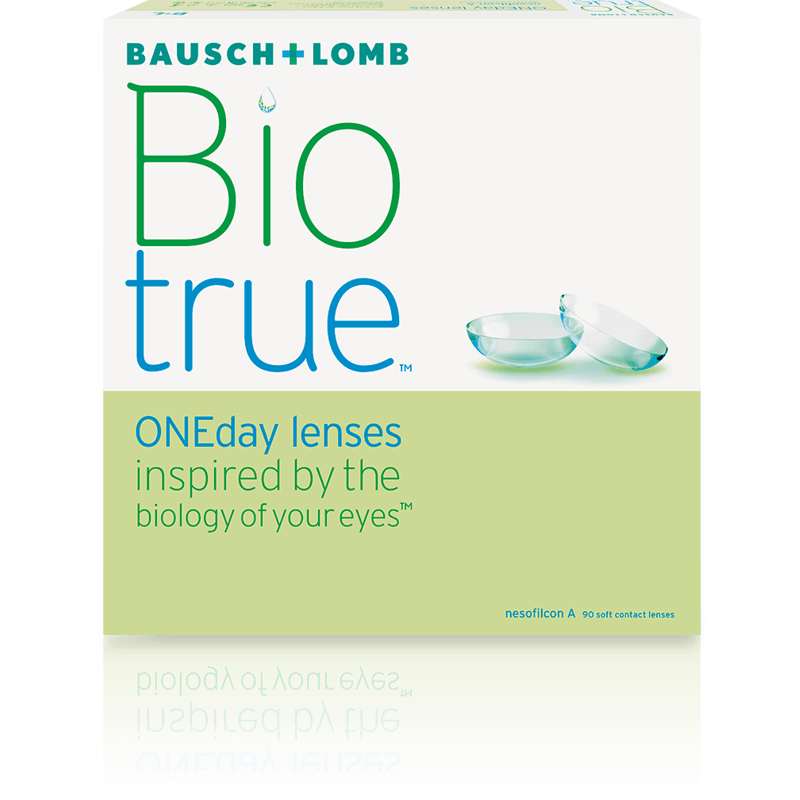
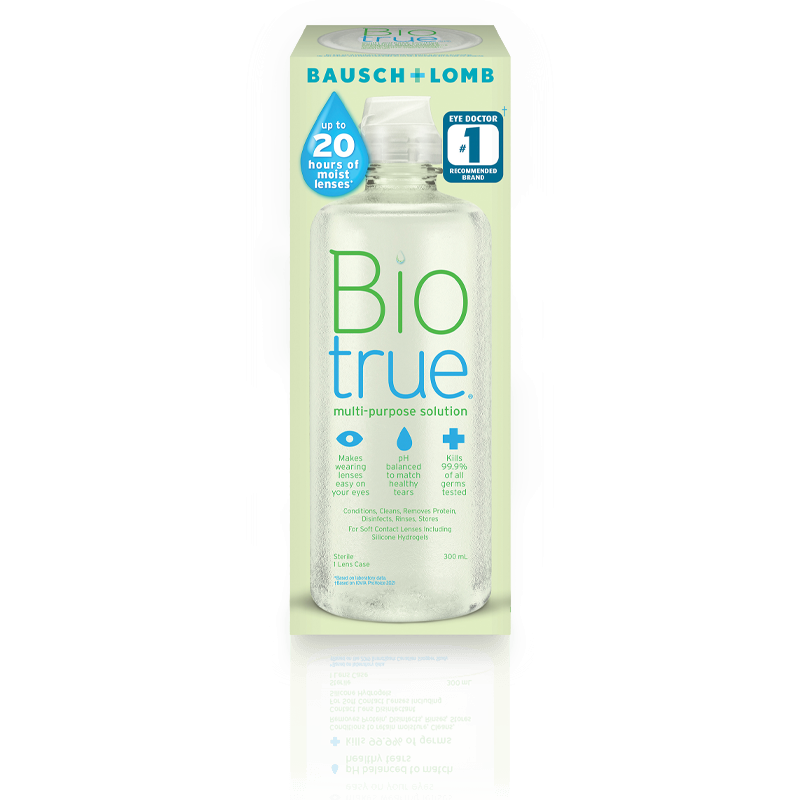
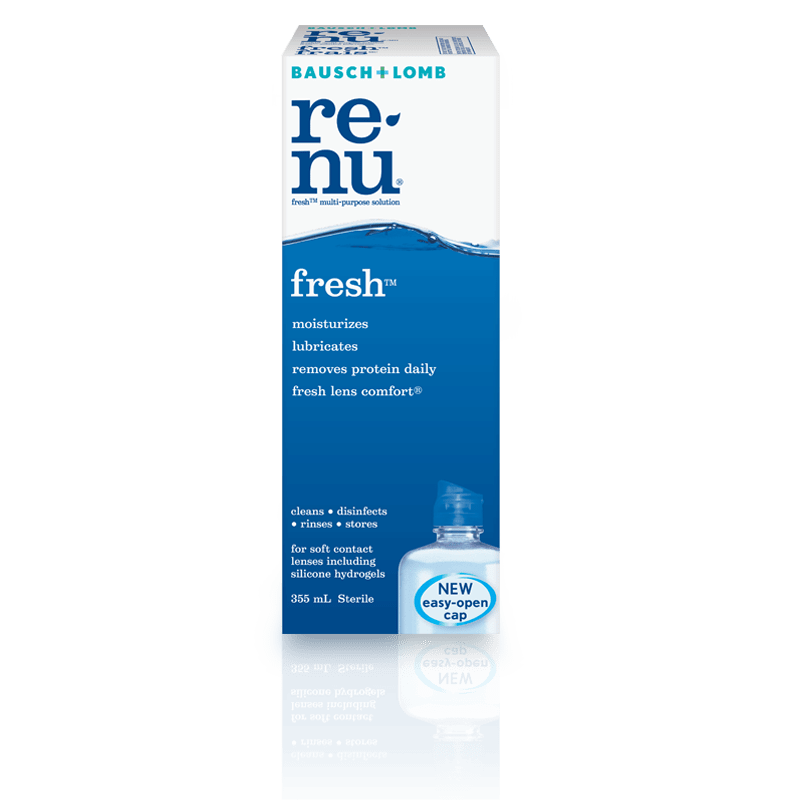
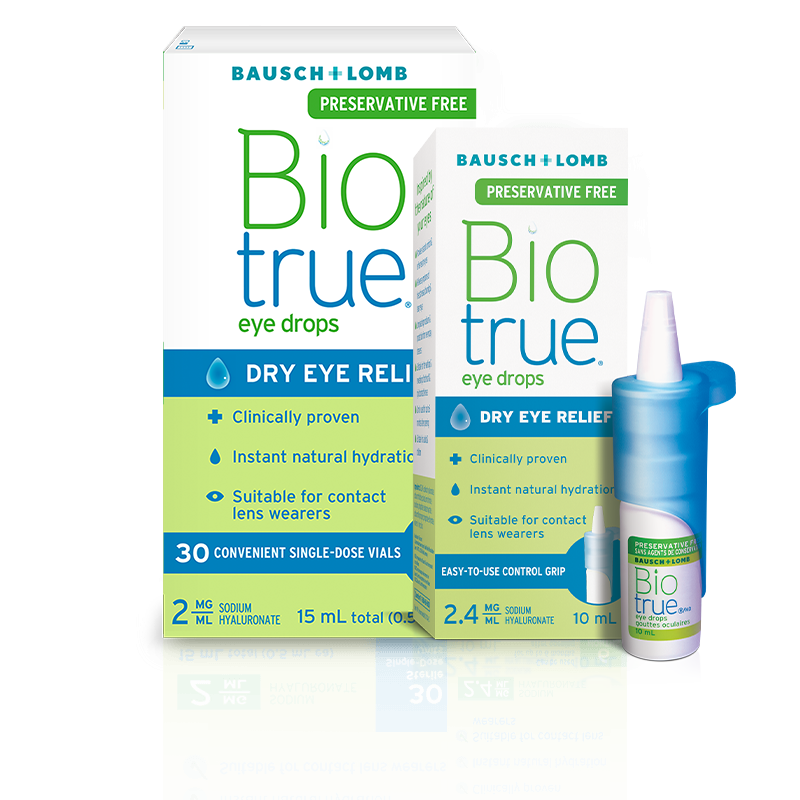
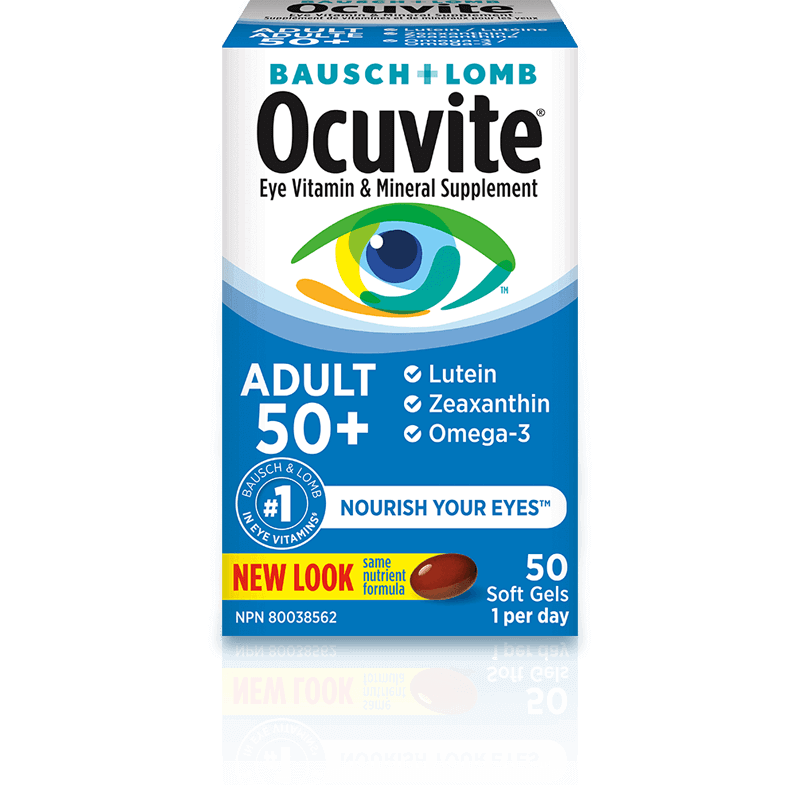
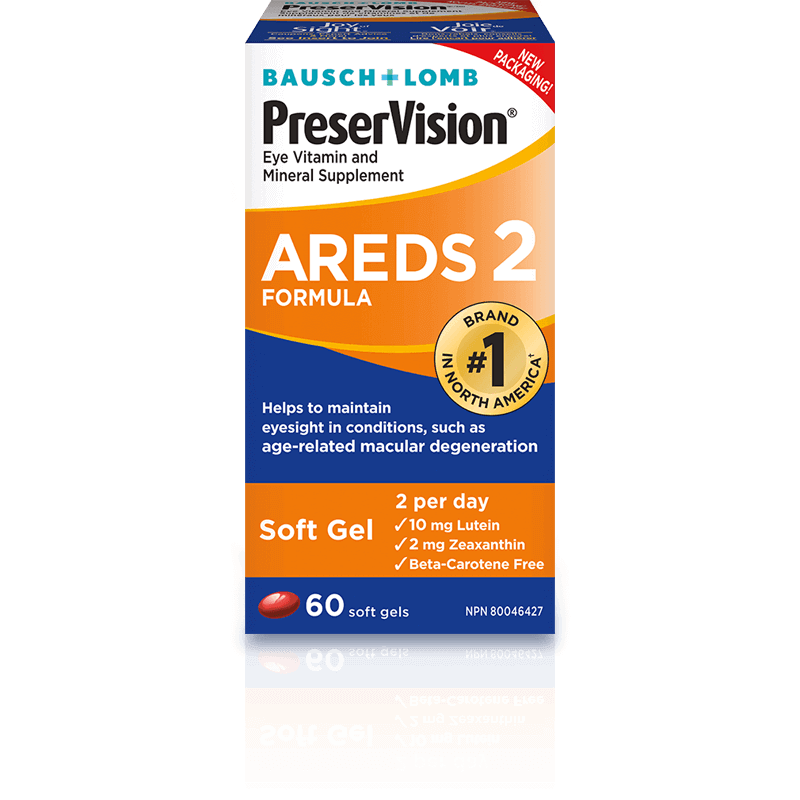
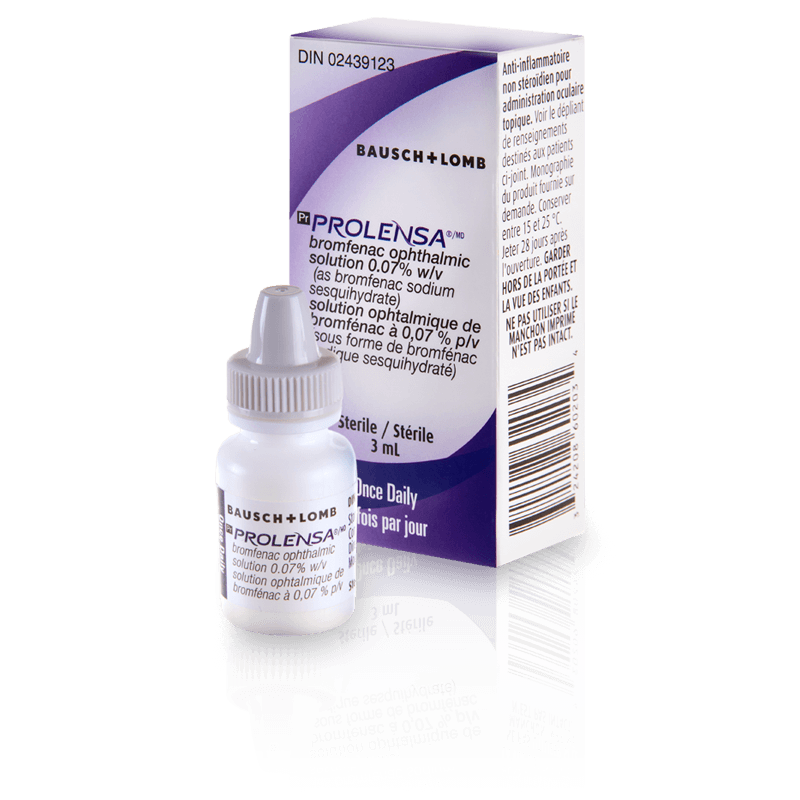
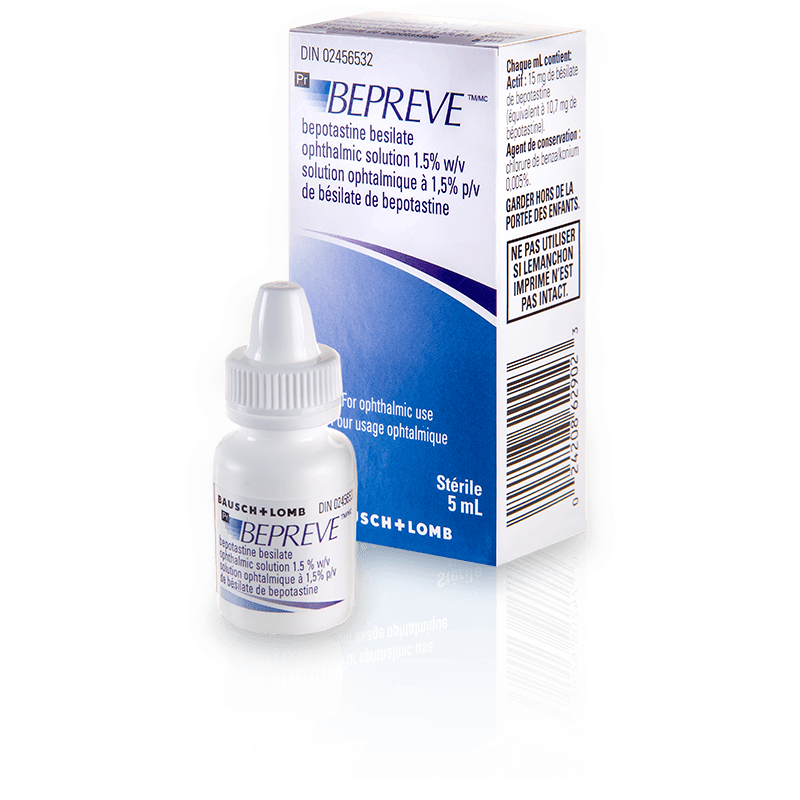
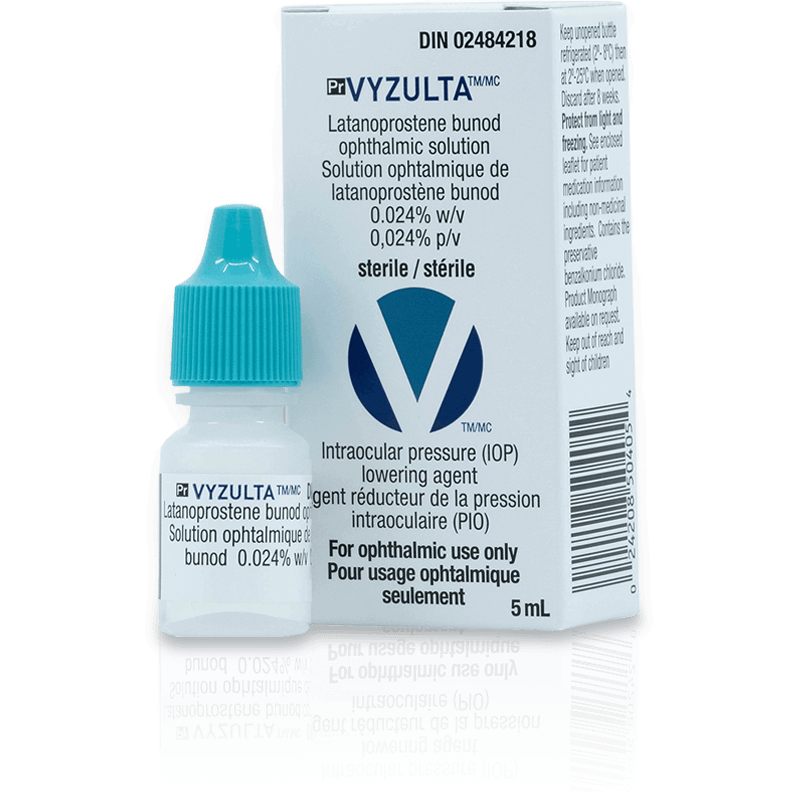
Following this link opens a new browser tab and sends you to a website outside of Bausch + Lomb website. Confirming that you want to continue, should open a new tab and open the destination website.
Open the new tab